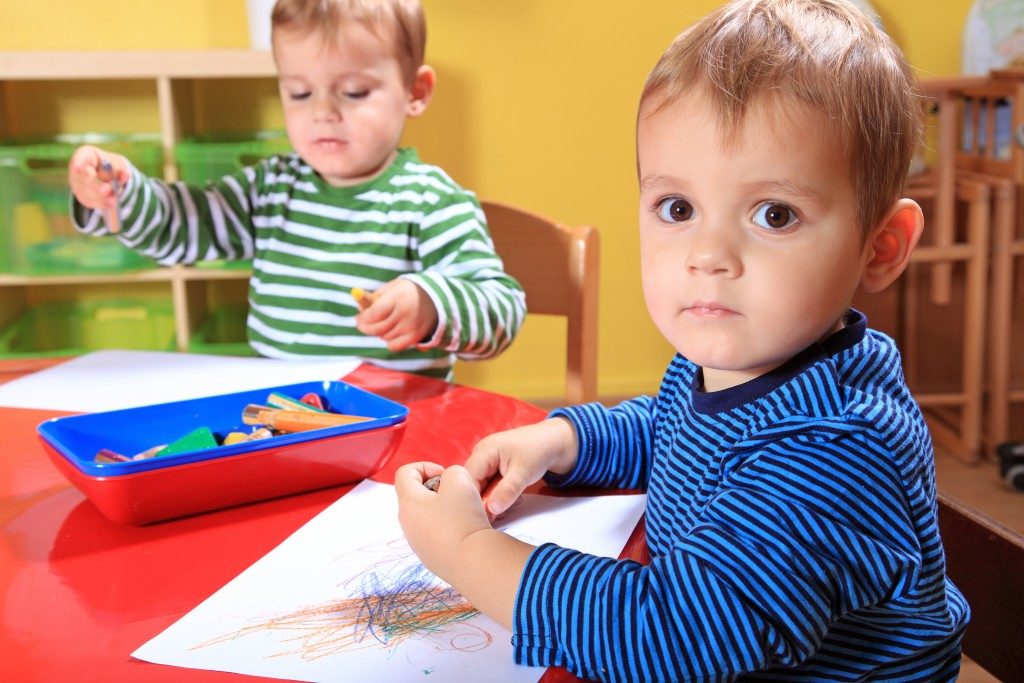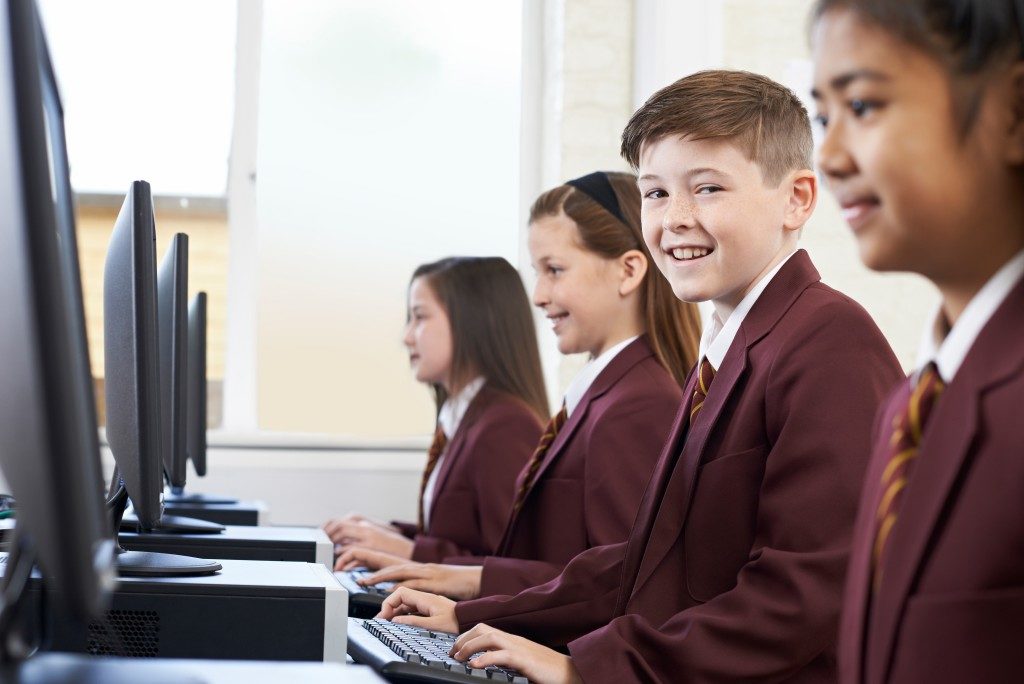Youth illiteracy is a pressing issue in the US. According to the U.S. Department of Education, 32 million American adults don’t know how to read. And about half of the adult population can’t read a book at an eighth-grade level.
Factors Impacting Child Illiteracy
The early development years of a child are crucial to developing his or her literacy. But about two-thirds of children in the US live in poverty, so they can’t afford or don’t have access to books, reading materials, and formal education. This is when illiteracy issues start to develop.
Another contributing factor to the illiteracy issue is the American education system. For years, schools focus on teaching reading and comprehension skills during the first several years in middle school. Other subjects, such as science, arts, and history are pushed back to later years.
But education researchers say that this approach is counter-productive. Children need that expanded knowledge they can gain from other subjects to build and refine their comprehension skills. For example, if they get a reading activity about Amelia Earheart, they may have a hard time understanding the passage since they don’t understand the context or her story.
Child-Centered Approach
One of the approaches that can possibly bridge this learning gap is a child-centered approach. In this approach, the focus of instruction shifts from the teacher to the learner. At the core of child-centered learning is the idea that each student has his or her own pace, interests, strengths, and weaknesses. Allowing them to take charge of their own education means they can adjust their learning according to these factors.

In a child-centered approach, the student has agency over their learning and become active participants, instead of just being passive individuals waiting for the teacher to tell them what to study. They take charge of their own education, which can help nurture a natural love for learning. Child-centered programs for preschool to middle school are common since these intersect the critical period for developing children’s mental ability, based on developmental psychology theories.
The most popular example of the learner-focused approach is Montessori education. Montessori education is student-led and self-paced, with the guidance, assessment, and enrichment from the teachers. The environment in a Montessori class creates natural opportunities for accountability and independence, so children can develop their mental abilities as well as crucial soft skills. The students go by their own pace, so they have the time to digest each concept and meet their individual learning goals.
Possible Problems with the Traditional Approach
Traditionally, the teachers are at the head of the learning process and decide how students should progress about their education. The students merely follow the lead of the teacher. In a typical classroom, you’ll see that the teacher talks almost exclusively, while the students sit and listen. The activities are typically individual, but there are also occasional group works.
This traditional instruction-heavy method is thought to produce long-term consequences. Although students from this learning model show academic prowess, those gains vanished quickly. At the age of 15, they have committed twice as many unacceptable behavior as students from play-based and adult-guided methods.
There are currently no concluding studies to say that the child-centered learning method is better than the traditional approach. You still get to decide which method is most suitable for your child. The best way to determine which one will be better for your kid is to consider what kind of environment he or she feels most comfortable in.









